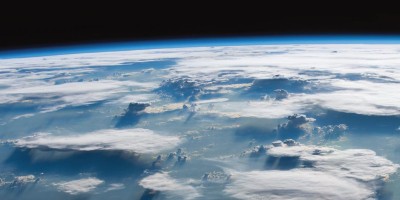Global temperature rise since industrialization has not been uniform. A statistical analysis suggests that past changes in the rate of warming can be directly attributed to human influences, from economic downturns to the regulations of the Montreal Protocol.

References
Estrada, F., Perron, P. & Martínez-López, B. Nature Geosci. 6, 1050–1055 (2013).
Pretis, F. & Hendry, D. F. Earth Syst. Dyn. 4, 375–384 (2013)
Allen, M. R. et al. Surv. Geophys. 27, 491–544 (2006).
Stern, D. I. & Kaufmann, R. K. Clim. Change 47, 411–438 (2000).
Kaufmann, R. K. Kauppi, H. Mann, M. L. & Stock, J. H. Clim. Change 118, 729–743 (2013).
Boucher, O. & Reddy, M. Energy Policy 36, 193–200 (2008).
Held, I. et al. J. Clim. 23, 2418–2427 (2010).
Kosaka, Y. & Xie, S. P. Nature 501, 402–407 (2013).
Meinshausen, M. et al. Clim. Change 109, 213–241 (2011).
Author information
Authors and Affiliations
Corresponding author
Rights and permissions
About this article
Cite this article
Pretis, F., Allen, M. Breaks in trends. Nature Geosci 6, 992–993 (2013). https://doi.org/10.1038/ngeo2015
Published:
Issue Date:
DOI: https://doi.org/10.1038/ngeo2015
- Springer Nature Limited
This article is cited by
-
Spatial variations in the warming trend and the transition to more severe weather in midlatitudes
Scientific Reports (2021)
-
Breaks in Linear Trends or Parts of Cycles?
Pure and Applied Geophysics (2020)
-
Anthropogenic greenhouse gas concentrations and global temperature: a smooth transition analysis
SN Applied Sciences (2019)
-
Ratios of record high to record low temperatures in Europe exhibit sharp increases since 2000 despite a slowdown in the rise of mean temperatures
Climatic Change (2015)


